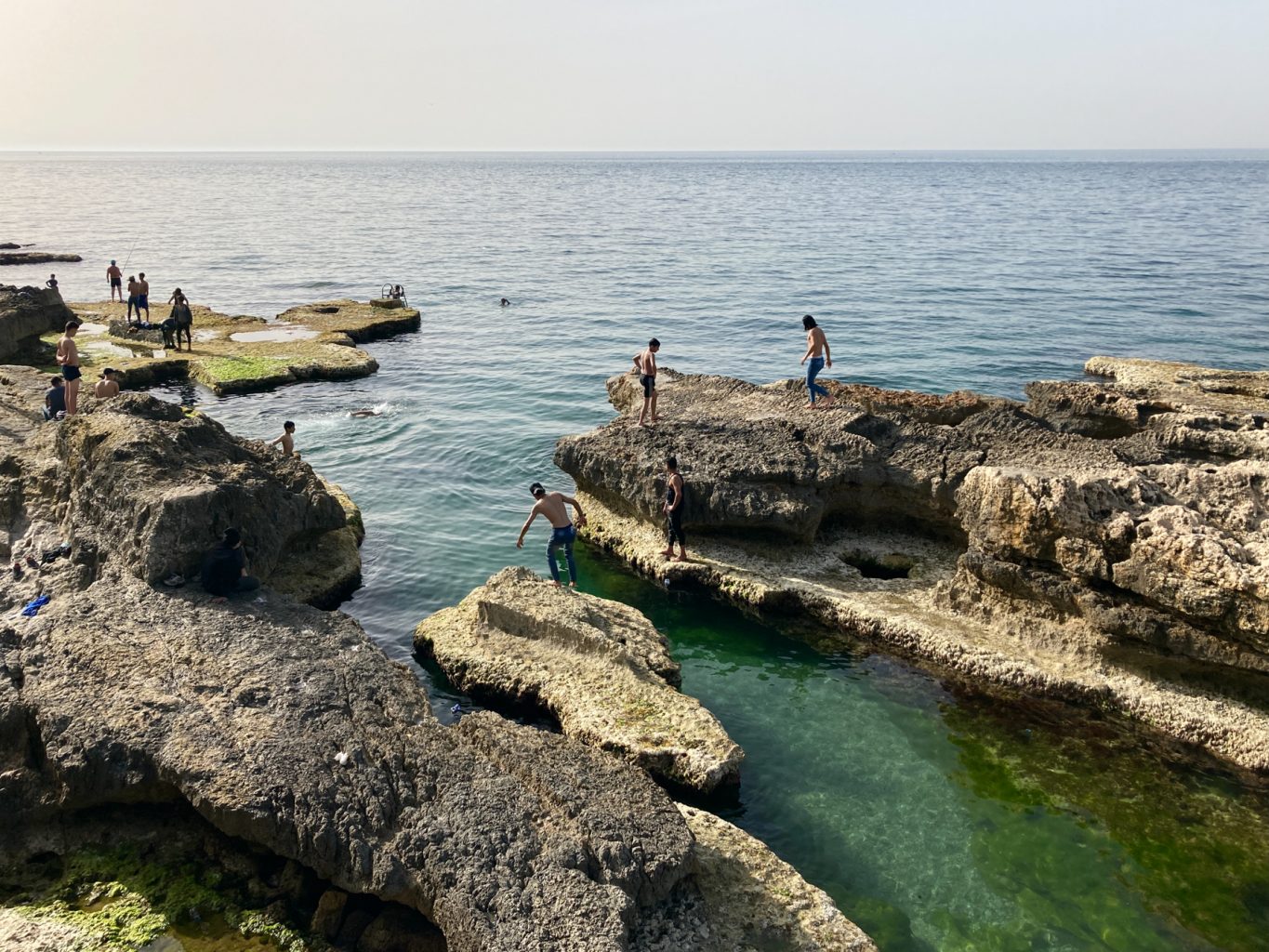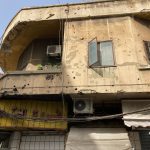WORDS & IMAGES BY CALLIE RADKE STEVENS
The thing everyone kept saying at the school in Beirut was that people there feel like a family. And while in other circumstances that might carry a whiff of hyperbole, at this school in the Lebanese capital, I believed it. The students and teachers had already been through a lot together—war and civil war, economic chaos, the devastating Beirut port blast in 2020. They knew how to hold each other up.
In this family, I was an awkward dinner guest: welcomed warmly, but from the outside.
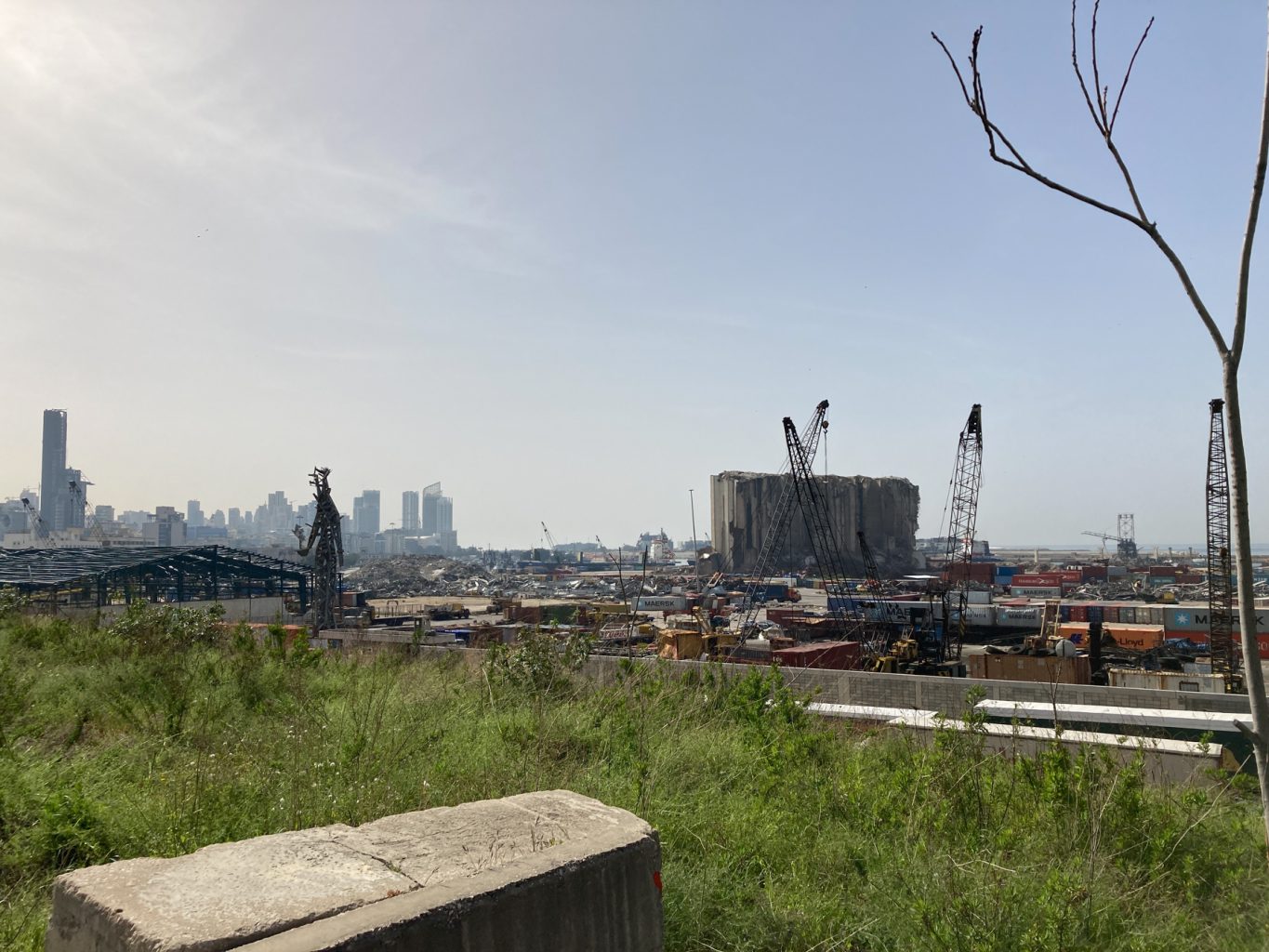
My time in Beirut was too short. I was there for only a week on my work’s time and schedule, destined from the beginning to only ever be a spectator. I didn’t know I would become enchanted by it before I left. My job was to take photos, work that allowed me to hide behind the camera, a bit more machine than human. Cameras let you skulk around in a way that might be questioned otherwise. You can skirt the edges of an assembly all the way up to the stage. You can stick your lens through a window into a classroom.
I wanted to know everything about this country that I had more or less overlooked until that 2020 explosion, and I was burdened by my own ignorance. When people spoke of the war, I didn’t know which one they were referring to: the 15-year civil war that ended in 1990, or the many armed conflicts that happened afterward. Who made those civil war-era bullet holes in the side of the school building, near the roof where the preschoolers have recess? Who abandoned the villas on the seaside promenade, and why are they empty still, decades later?
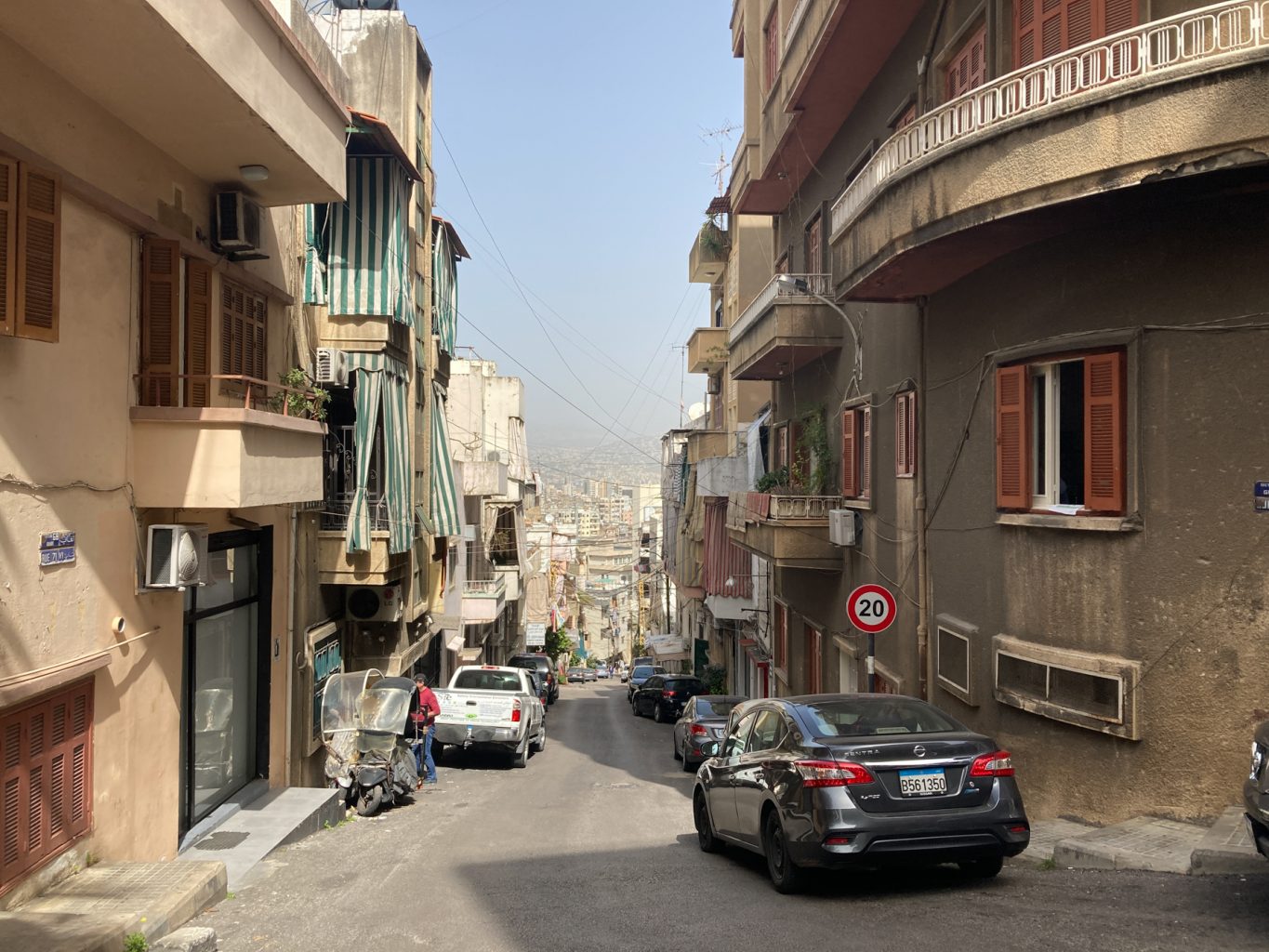
The memories of this city’s people seemed to be written on its walls. Far beyond the bullet holes that still remain, I saw plants climbing skyward, patched-up buildings, and neon signs—evidence new and old of an uncertain infrastructure. I snapped photos and wondered and felt as though I was looking at a diary without context or knowledge of the writers.
In 2019, the Lebanese economy crashed—fueled by government corruption and a staggering national debt—and kept crashing in the wake of the pandemic and the port explosion. By the time I visited in 2022, people only had a few hours of electricity a day, and the Lebanese pound had lost more than 90 percent of its value. In a corner market, a Lebanese colleague told us how basic staples now cost 10 times or more than they did just four years ago. I asked how she was eating, but she just shrugged. How could she answer?
At night, we climbed many stairs up to the roof of the hotel to see the city around us. But the city was dark. I watched the last scraps of sunset through the windows of the building next door, with no artificial light to block them. “With all the money the government has supposedly spent on the electricity infrastructure, the streets themselves should be glowing,” another colleague told me.
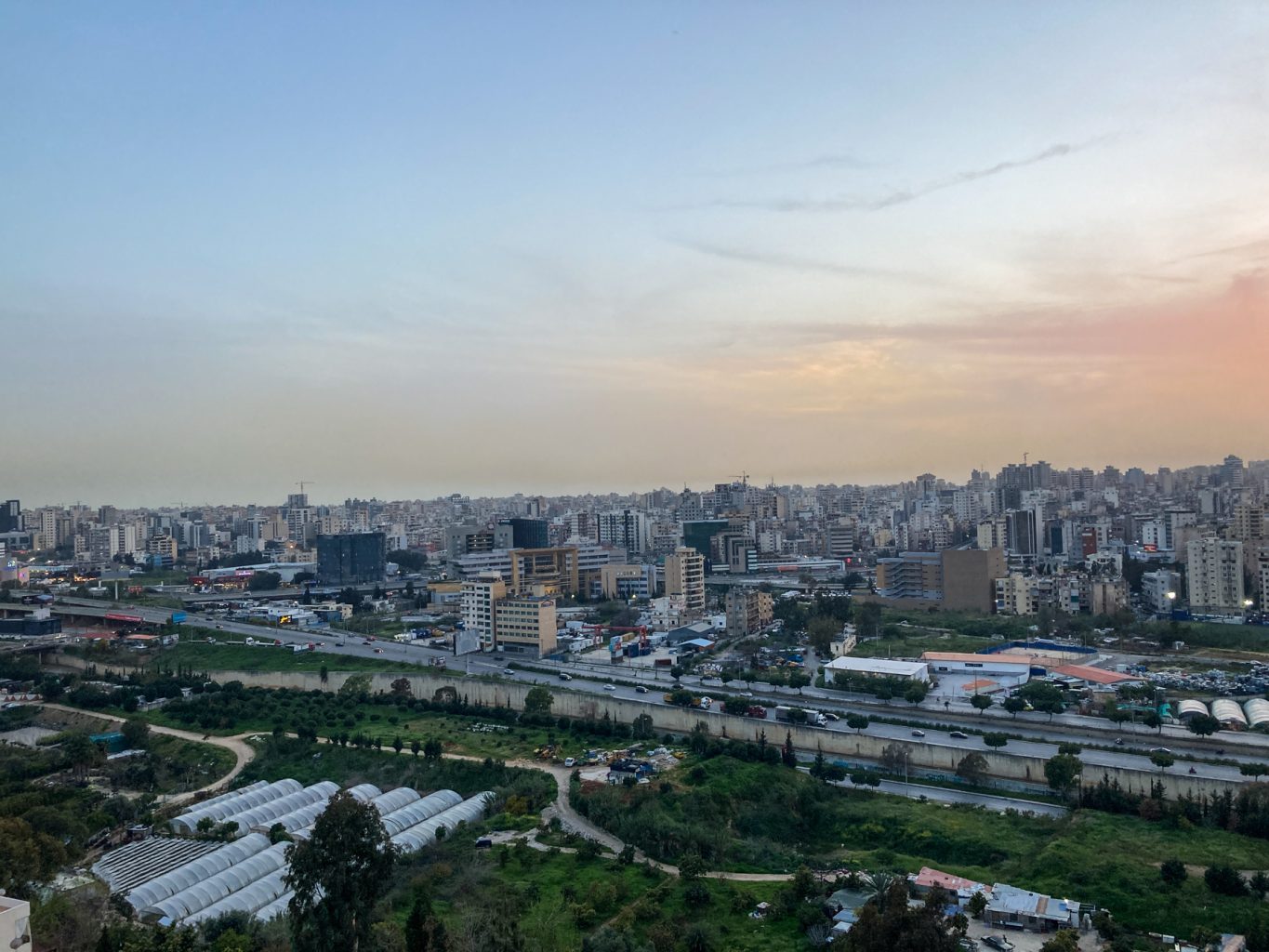
Beirut is sometimes called the “Paris of the Middle East,” a hub of fashion and culture—and a bearer of French colonial memories too. On the seafront promenade, where people who are likely paid in US dollars lunched in cafes under the Mediterranean sun, it was easier to see why and how it could carry this title again if given a break from war and crisis. And even though it was not a city of light now, here was a place that had endured—and that continues to endure. Here, too, was a place full of warm hospitality and friendship for strangers who would never have enough time to fully understand.
Beirut is far from a museum piece, a temple taken in broken pieces to sit in some other country’s air-conditioned gallery. The memories written on its walls are a breathing relief, carved into the city with life still in them. The people who are there, offering coffee and pointing to their city with pride, coax the memories along, tending to them with the faith of a gardener.
